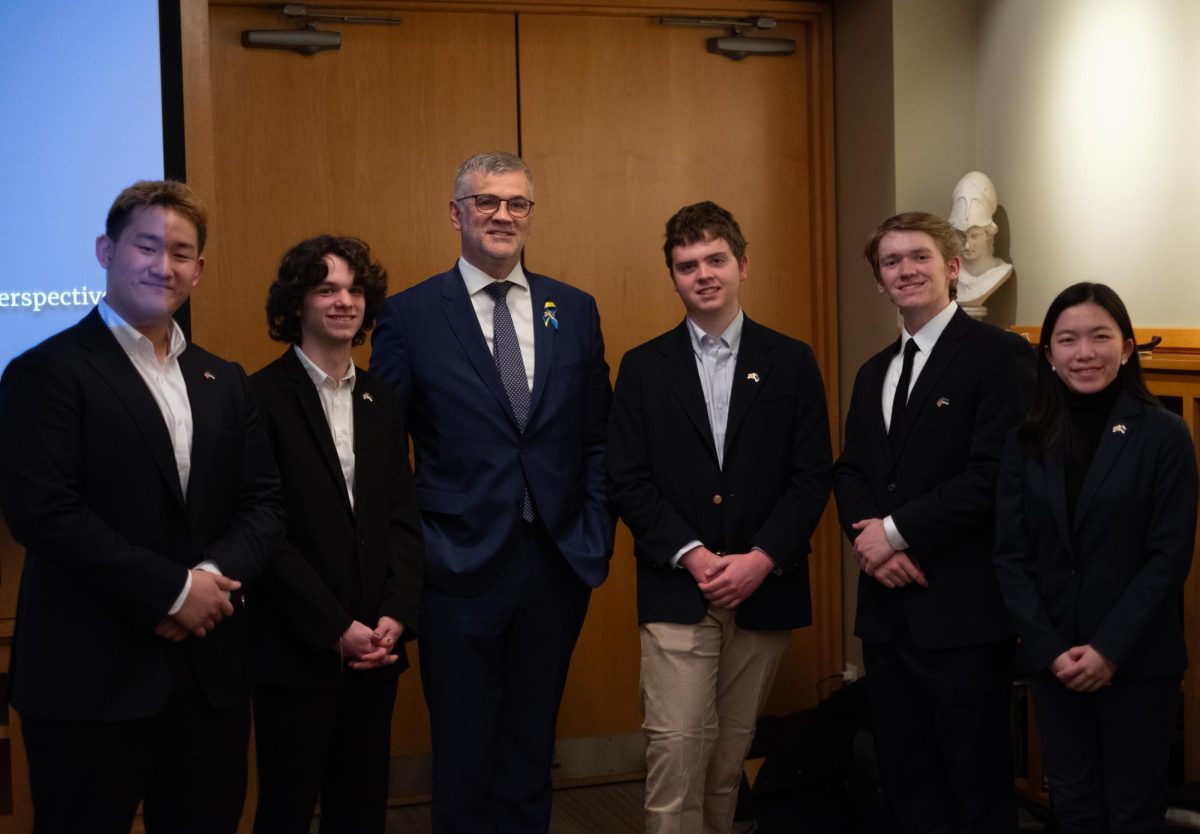At the beginning of December, the Fifth National Climate Assessment, which is issued every five years and breaks down the latest news surrounding climate change, released their latest assessment. Within it were descriptions of how the US is being affected by the changing climate, demonstrated by extreme weather such as hurricanes and snowstorms as well as heat waves.
Although not specifically called out within the climate assessment, Minnesota has shown the effects of climate change this season. While talking with many Minnesotans about the winter weather this year, a common consensus is that this winter has felt different. An especially common point brought up by them was the lack of a “white Christmas,” something that Minnesotans who celebrate often look forward to. According to Minnesota’s Department of Natural Resources (DNR), over the last 123 years, “there have only been 36 recorded brown Christmases,” or Christmases without snow. Dec. 25, 2021 was the latest recorded day without snow until this year. Dec. 25, 2023 was the warmest recorded Christmas Day in Minneapolis history.
However, Christmas was not the only holiday that saw the effects of climate change in Minnesota. Throughout all of December, Minnesota has experienced above average temperatures. In Northern Minnesota, lakes were covered with unusually thin layers of ice, which was surprising to residents. The current mayor of Minneapolis Jacob Frey said in the New York Times that “any enjoyment of the warmth is overshadowed by concern for what’s going on. It’s a very eerie and disconcerting kind of enjoyment because it makes you wonder what’s yet to come.” His comment touches on the concern that Minnesotans are feeling towards the change in weather. In Northern Minnesota, people were warned to stay off the ice, which hindered the typical winter activities. Popular winter events in Minnesota were also affected by the unusually warm weather. The Minnesota Ice Festival, which was set to begin on Jan. 5, 2024 was canceled, with their CEO Robbie Harrell stating that due to the warmth they “won’t be able to deliver the experience we had hoped for,” Similarly, the Ice Palace in Delano, Minnesota was put on pause while waiting for temperatures to cool and is set to reopen on Jan. 25.Likewise, at Carleton College, winter activities have been put off due to warm temperatures. The Bald Spot ice skating rink that typically is up for Winter Term has yet to be built. The Nordic Team has resorted to hiking until there is enough snow to ski. Meg McLaury, a freshman on the Nordic ski team, said “Nordic is definitely strange without the snow, but we’ve tried to be creative with training. The race team is still meeting regularly for practice. So far this week we’ve done a hill bounding workout (sort of like running with ski poles), a strength workout and today we went for a run and did some grass skiing. It sounds silly, but we’re all so desperate for snow. Personally, skiing is what keeps me happy in the winter, so the lack of snow has been tough.”
However, this warm weather didn’t appear out of nowhere: over the last decade, Minnesota’s winters have been getting warmer as a direct result of greenhouse gasses that cause heat retention to be released into the atmosphere. According to the DNR, the average low temperatures of January have increased by 10 degrees Fahrenheit since the mid twentieth century.
Another cause of the warm temperatures in December was the effects of El Niño, a phenomenon caused by above average sea temperatures that occur across the east-central equatorial pacific. The warming water causes hotter conditions throughout the United States during the winter months. One of the locations affected tremendously by this is Minnesota. As recorded over the years, there is a strong correlation between warmer temperatures in the winter and how strong El Niño was at that time. This winter season, El Niño has been described as particularly strong, causing these record breaking temperatures.









